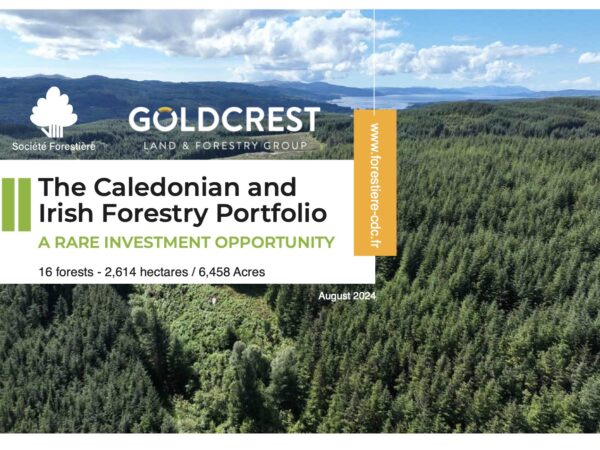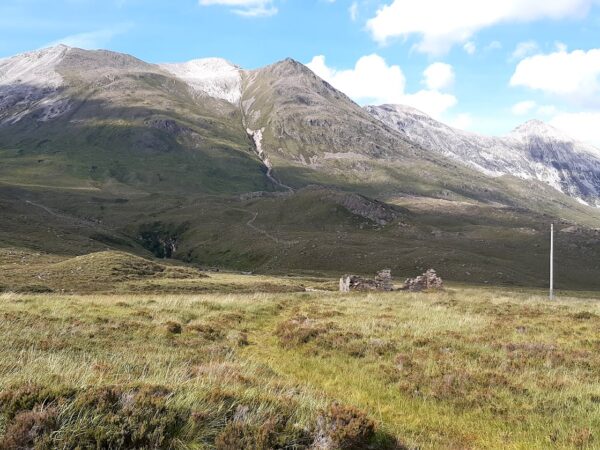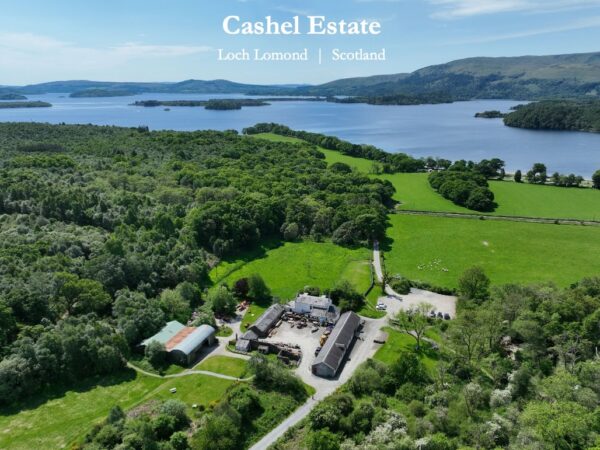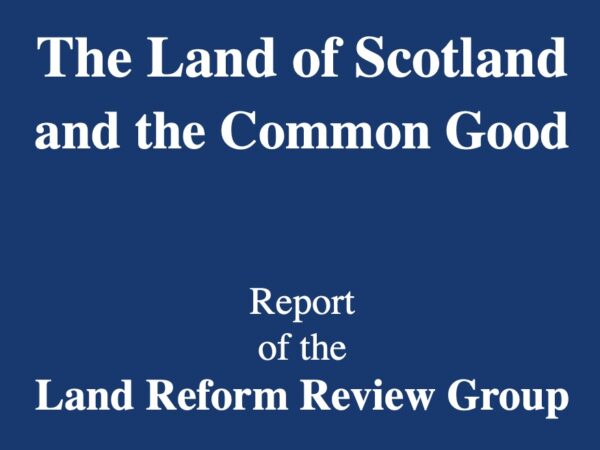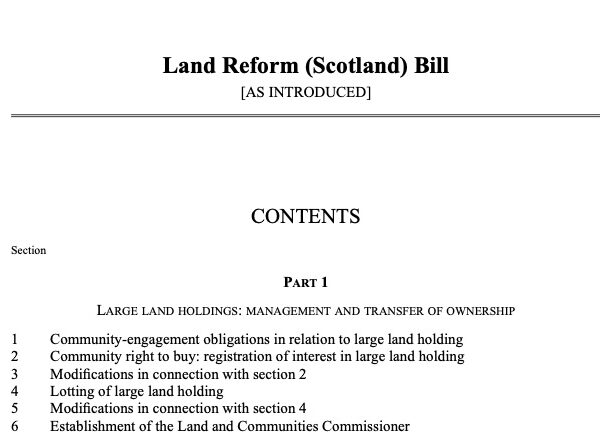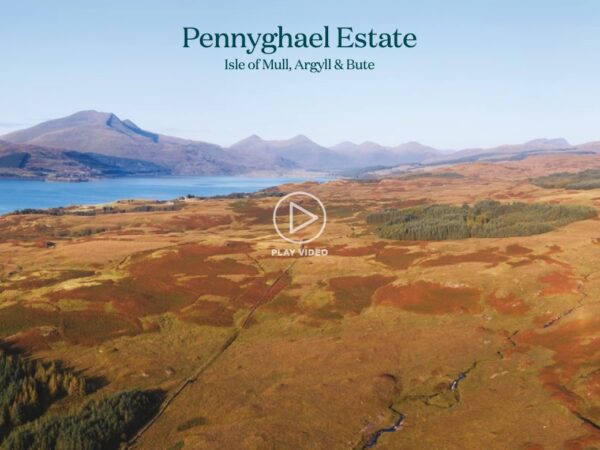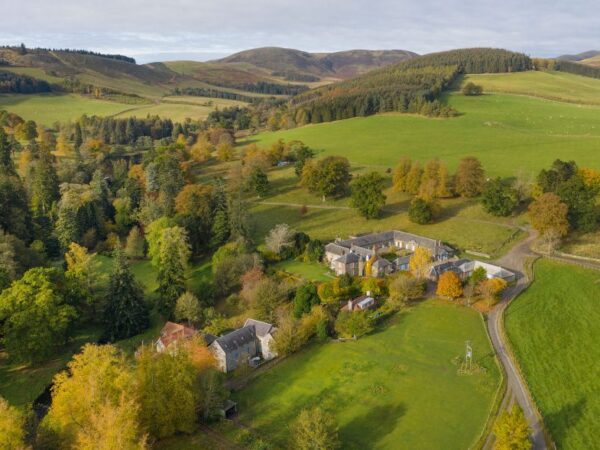French Government sells Scottish forests
Scotland’s pattern of private rural landownership is becoming more concentrated as first revealed in my preliminary analysis of who owns Scotland published in March. A final 2024 report on the topic will be published next month in November. As discussed
Continue reading